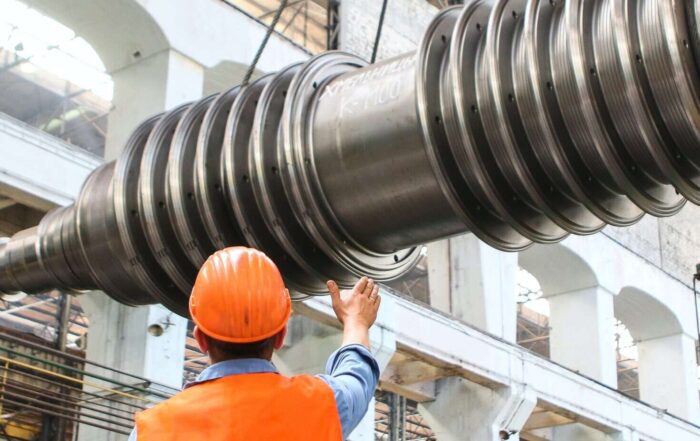While similar in many ways, Reliability Centered Maintenance (RCM) and Root Cause Analysis (RCA) are two sides of the same coin. In its simplest form, RCM strives to explore what could happen while RCA examines what did happen. Both ask questions and utilize a cause-and-effect approach to find their respective answers. However, the two strategies are looking for answers to different questions.
RCM asks the question, “what could cause a failure” as RCA asks, “what did cause the failure”. These two questions, while focusing on the problem of failures, take different approaches – with RCM proactively identifying problems and RCA reactively addressing them.
Benefits of Reliability Centered Maintenance
The advantage of RCM comes from its proactive and flexible approach to maintenance. Using FMEA, reliability centered maintenance identifies failure modes to determine what preventive maintenance tasks are available and cost-effective to schedule. Rather than using one approach, RCM combines reactive, proactive, predictive, and condition-based maintenance techniques depending on asset criticality or failure modes. Critical assets are targeted with proactive strategies while less critical assets are maintained based on minimum regulatory/statutory or operational requirements. Using a tailored strategy, rather than a one-size-fits-all method, cuts costs by increasing maintenance efficiency.
Benefits of Root Cause Analysis
RCA saves on maintenance costs by addressing the root cause of a problem, rather than only treating the symptoms. Unfortunately, many organizations tackle asset reliability by constantly attacking the surface level symptoms that arise from equipment failure instead of the underlining cause of said failure. This inevitably leads to chronic failures and wasted labor hours.
Consistently recurring failures are a major drag on any organization’s overall efficiency. Root cause analysis reduces maintenance costs by alleviating chronic failures. Additionally, RCA can be used after a critical failure to find the cause and prevent it from reoccurring. Preventing major failures not only impacts revenue – unplanned downtime can cost organizations thousands of dollars per hour – but it can also prevent injury and save lives.
What to consider
Reliability centered maintenance and root cause analysis should be used in tandem as part of a holistic preventive maintenance strategy. For RCM, determining proper asset criticality is necessary for an effective RCM strategy. Improper equipment data management and planning within your CMMS/EAM can lead to RCM implementation issues or knowledge gaps.
Concerning RCA, defining the right trigger events is an important balancing act that many organizations struggle with. Too few triggers will allow for chronic failures to continue, while too many triggers cause excessive costs on unnecessary RCAs.
Another common problem is not with the analysis itself, but with implementing the identified corrective action following an RCA – failure to “close the loop”. Once an RCA is conducted and preventive action items are decided, nobody within the organization confirms that the preventive action is implemented. This leads to the cause being correctly identified, but not adequately addressed.
Conclusion
Both reliability centered maintenance and root cause analysis are important tools for addressing asset failure – with the former taking a proactive approach and the latter a reactive one. Unfortunately, many organizations attempt to implement these maintenance approaches only to end up with lackluster results. With over 20 years of asset performance management experience, discover how MaxGrip’s Asset Improvement Program can help realize lasting results.
📰 Download free eBook – Four steps to improve your Root Cause Analysis program
Get inspired
We explore how proper data management can lead to significant increases in equipment updates and reduce overall inventory carrying cost.
A discussion on reliability metrics, specifically on Mean Downtime, or MDT, and how to use this metric to your advantage.
Discover how data is crucial for shortening unplanned downtime and why predictive maintenance can be useful in this infographic.





